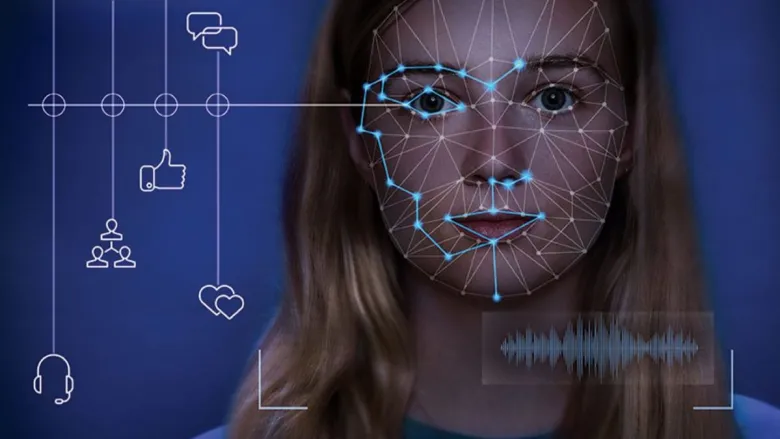
Deepfake technology, a rapidly evolving branch of artificial intelligence (AI), has garnered significant attention in recent years for its ability to create highly convincing fake videos, audio, and images. While it has exciting potential applications in various fields, such as entertainment and healthcare, it also raises profound ethical, legal, and security concerns.
This article explores the pros and cons of deepfake technology, shedding light on its capabilities and limitations.
Pros of Deepfake Technology
Entertainment and Creative Possibilities
Deepfake technology has opened up a new realm of creative possibilities in the world of entertainment. It allows filmmakers to seamlessly incorporate deceased actors into new films or create realistic younger versions of aging actors. This has the potential to rejuvenate classic movies and bring iconic characters back to life. For instance, the posthumous appearances of Peter Cushing in “Rogue One” and Carrie Fisher in “Star Wars: The Rise of Skywalker” demonstrate the power of deepfake technology.
Facial Reenactment for Dubbing and Localization
Deepfake technology can be harnessed for dubbing and localization efforts, making it easier to adapt content for different languages and regions. By mapping the facial expressions and lip movements of the original actors to new voiceovers, it provides a more authentic and engaging experience for audiences.
Medical Applications
The medical field has benefited from deepfake technology in areas like surgical training and medical imaging. Surgeons can use simulated deepfake surgery videos to practice and refine their skills without endangering real patients. Deep learning algorithms can also enhance the interpretation of medical images, helping to detect and diagnose diseases more accurately and swiftly.
Historical Preservation and Education
Deepfake technology can breathe new life into historical figures and events. By using AI to generate realistic reenactments, it can provide valuable educational resources for students and history enthusiasts. This technology allows people to engage with the past in a more immersive and interactive way.
Cons of Deepfake Technology
Misinformation and Disinformation
One of the most significant concerns surrounding deepfake technology is its potential for misuse in spreading misinformation and disinformation. Malicious actors can use deepfakes to create convincing fake news, manipulate political discourse, or frame individuals for actions they did not commit. This undermines trust in the authenticity of media and challenges the foundations of democracy.
Privacy Invasion
Deepfake technology poses a significant threat to individual privacy. With just a few images or video clips, an attacker can create convincing fake content, making it increasingly challenging to discern what is real and what is fabricated. This can lead to serious consequences, including the defamation of character, harassment, or emotional distress.
Identity Theft
The ease with which deepfakes can be created raises concerns about identity theft. Criminals can use this technology to impersonate others, potentially gaining unauthorized access to personal information or financial resources. This poses a direct threat to individuals’ financial and emotional well-being.
Legal and Ethical Dilemmas
The legal and ethical landscape surrounding deepfake technology is complex and evolving. Determining liability and consequences for deepfake creation and distribution is still a subject of ongoing debate. The lack of clear regulations can lead to challenges in holding individuals or entities accountable for the harm caused by deepfakes.
Technological Progression
As deepfake technology advances, so does the difficulty of detecting fake content. This constant race between deepfake creators and detection systems means that society must continuously invest in improving detection methods, further straining resources.
Conclusion
Deepfake technology holds significant promise, with potential applications in entertainment, education, and healthcare. However, the inherent risks and ethical concerns it presents cannot be overlooked. As this technology evolves, society must strike a balance between harnessing its benefits and safeguarding against its misuse. Developing robust legal frameworks, enhancing detection capabilities, and promoting digital literacy are critical steps in navigating the complex landscape of deepfake technology.
Ultimately, it is essential to remain vigilant in the face of this double-edged sword, utilizing its advantages while mitigating its negative impacts on individuals and society as a whole.

